Upcoming Events!
Past Events
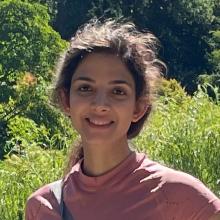
Predictive coding is a theory of brain function that assumes the brain contains an internal model of...
Predictive coding is a theory of brain function that assumes the brain contains an internal model of the world, which constantly generates predictions about our environment, and updates the predictions if they deviate from the actual external inputs. Impaired predictive processing is suggested to underlie symptoms such as hallucinations and social disconnection in neurological disorders such as schizophrenia and autism. Treating these disorders requires understanding the neural mechanisms that generate and update prediction signals in the healthy brain. My long-term vision is to shed light on the circuits and computations that underlie predictive processing in the brain.
I will start my talk by presenting data from my previous and ongoing research that demonstrate predictive signals in cortical and cerebellar circuits in behaving mice. Then I will describe the gap in our knowledge about how the cerebellum and cortex may interact to support predictive behavior. Finally, I will present the future research plans for my lab to investigate these unknown questions, shedding light on the cortico-cerebellar circuitries that underlie predictive processing.
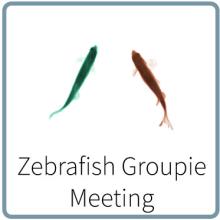
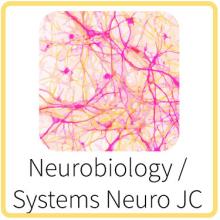
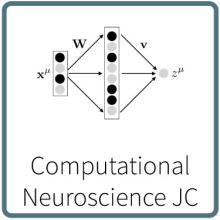

Natural visual processing entails a complex interplay between sensory input, behavioral context, and...
Natural visual processing entails a complex interplay between sensory input, behavioral context, and on-going brain dynamics. Our lab seeks to understand how these processes give rise to goal-directed visual behaviors, using the mouse as a model system. As a complement to studying visual processing in trained tasks, we are now exploring the neural circuits mediating ethologically relevant behaviors that laboratory mice perform. In particular, our studies of prey capture have provided insight into behavioral strategies and neural circuits for detection of salient stimuli within a complex and dynamic sensory environment. We are also implementing novel experimental approaches to investigate neural coding of the visual scene as animals freely move through their environment and engage in natural behaviors. Finally, I will present a new research direction studying the completely different, yet largely unexplored, visual system of the octopus.
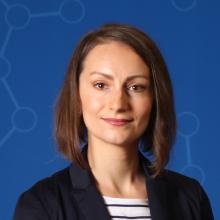
Higher cortical areas carry a wide range of sensory, cognitive, and motor signals supporting complex...
Higher cortical areas carry a wide range of sensory, cognitive, and motor signals supporting complex goal-directed behavior. These signals are mixed in heterogeneous responses of single neurons, making it difficult to identify underlying mechanisms. I will present two approaches we developed for revealing interpretable circuit mechanisms from heterogeneous neural responses during cognitive tasks. First, I will show a flexible statistical framework for discovering single-trial neural population dynamics from spikes. Our framework simultaneously learns the dynamics and their nonlinear embedding in the neural activity space without rigid parametric assumptions. We applied this framework to recordings from the primate cortex during decision-making. The discovered dynamics were inconsistent with simple hypotheses proposed previously and instead revealed an attractor network mechanism. Second, I will show an approach for inferring an interpretable mechanistic model of a cognitive task—the latent circuit—from neural response data. Our theory enables us to causally validate the inferred circuit mechanism via patterned perturbations of activity and connectivity in the high-dimensional system. This work opens new possibilities for deriving testable mechanistic hypotheses from complex neural response data.
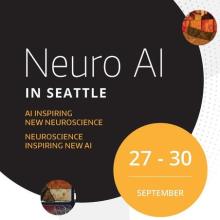
Santiago and James would like to get your feedback on the work they will be presenting at the...
Santiago and James would like to get your feedback on the work they will be presenting at the NeuroAI meeting in Seattle:
- Santiago Jaramillo, Learning from combinations of active training and passive exposure to sounds
- James Murray, Distinguishing learning rules with brain-machine interfaces


The ION Retreat will be held from Noon Saturday through lunch on Sunday. More details to come.
The ION Retreat will be held from Noon Saturday through lunch on Sunday. More details to come.

